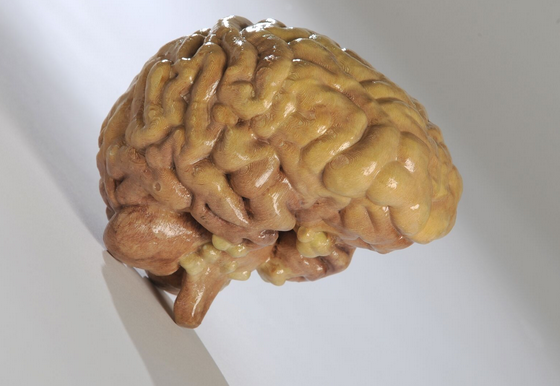The Future of 3D Printing - We're Not in Kansas Anymore
The concept of widely accessible 3D printing has, up until recently, been reserved for sci-fi movies and companies with extensive budgets. However, in the past few years there have been hundreds of thousands of dollars invested in 3D printing companies around the world, demonstrating the shift in technology from a futuristic concept to an everyday reality right at our fingertips.
As with most new technologies, the earliest editions are rarely the final versions that end up in the hands of businesses or actual people. Each iteration of the technology is updated to improve the performance and output, a trend that 3D printing has also followed.

Many editions of 3D printers in use today operate with single-color plastic spools to create printed objects that many associate with the term "3D printing." However, just as television sets started out in black and white before the transition to color, the demand for photorealistic-color 3D printed objects is pushing the monochrome 3D printers to the back of the closet. Not only do full-color 3D printers already exist, but they could be in your offices and schools right now, and even in homes within the next few years. Just as Dorothy noted when she and Toto arrived in Oz, we've moved beyond the black and white Kansas into a world full of color, and there is no turning back now.
Why is full-color such an important feature?
Think about it – we as humans have evolved seeing in color and use our color vision to discern details. We associate color with a variety of things, such as brands, memories, specific individuals and more. From a tactical standpoint, full-color 3D printed objects provide a much wider variety of use cases than objects that are just one solid color throughout or blocks of only a few solid colors.

Education is a great example of the benefits of 3D printing. There are applications for 3D printing across every academic department, from fine and dramatic arts, mathematics and geography, to sociology, anthropology, medicine and engineering. When applied to art, full-color 3D printing allows students to combine their creativity with technology in a tangible way to produce amazing creations and realize their creative vision. The possibilities range from sculpture and jewelry creation to architecture projects that bring designs to life. When it comes to a medical education application, photorealistic color 3D printing can take a 2D X-ray or CT scan and give it a third dimension, allowing doctors and their attendants to practice on the realistic models of the patient's anatomy, using color to represent medical conditions before the actual operation in the operating room. This in turn reduces time in surgery and improves patient outcomes.

Another example of the benefits of full-color 3D printing is in the development of a company's or product's brand identity. We all know the importance of color for brands – for example, white and green versus orange and pink most likely reminds you of Starbucks versus Dunkin' Donuts. A full-color 3D printer helps communication and advertising firms give physical 3D shape to an otherwise two-dimensional idea, creating better understanding among their clients and resulting in faster approvals.
For example, clients can see proposed logo and color ideas on exact replicas of their product or packaging, providing a more effective representation of the final campaign than a 2D sketch or image can provide.
But what about people who are thinking of purchasing a 3D printer?
You know your typical 2D printer sitting on your desk has an extremely high level of color capability. Why then would people accept monochrome 3D printed objects when they're used to printing from the full color spectrum? The answer is simple – for 3D printers to become a common household object, one of the capabilities they'll need is to be able to 3D print in photorealistic color to satisfy demand.

The reality is that pervasive day-to-day 3D printing in your home isn't as far away as many may think. When it comes time to purchase a 3D printer for your school, office or home, make sure it can achieve the results you need – including producing full, photorealistic-color objects.
